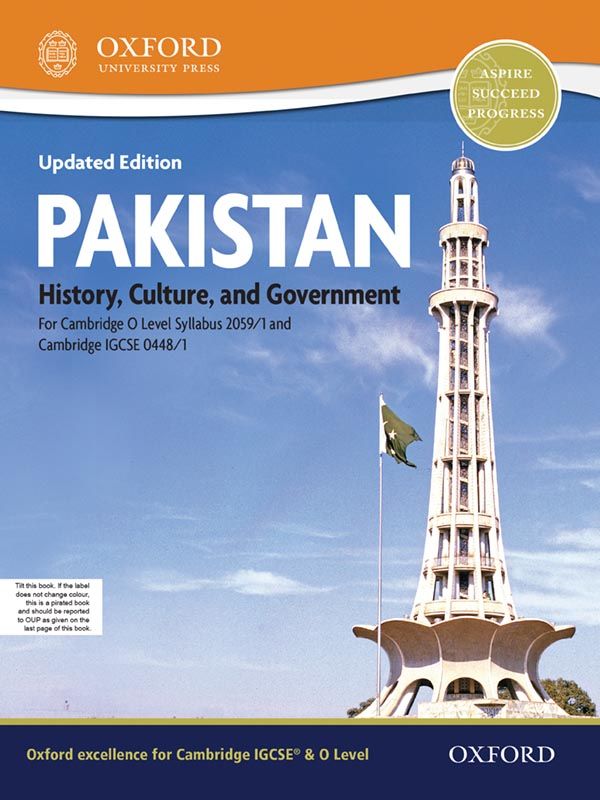


To date however, civic education experts argue that civic learning is on the margins of young people’s school experience. To do this, civic learning needs to be part and parcel of the current movement across many schools in America to equip young people with 21st-century skills. Schools can also directly provide opportunities for civic engagement as a local institution that can connect young and old people alike across the community. They can do this by helping young people develop and practice the knowledge, beliefs, and behaviors needed to participate in civic life. Given the decline of participation in religious organizations and unions, which a large proportion of Americans consistently engaged in over the course of the 20th century, it is clear that new forms of civic networks are needed in communities.Īs one of the few social institutions present in virtually every community across America, schools can and should play an important role in catalyzing increased civic engagement. Atwell, John Bridgeland, and Peter Levine call “civic deserts,” namely places where there are few to no opportunities for people to “meet, discuss issues, or address problems.” They estimate that 60 percent of all rural youth live in civic deserts along with 30 percent of urban and suburban Americans. Of particular concern is the rise of what Matthew N. Many reasons undoubtedly contribute to this decline in civic engagement: from political dysfunction to an actively polarized media to the growing mobility of Americans and even the technological transformation of leisure, as posited by Robert D. We also see this lack of engagement in civic behaviors, with Americans’ reduced participation in community organizations and lackluster participation in elections, especially among young voters. According to the Pew Research Center, which tracks public trust in government, as of March 2019, only an unnerving 17 percent trust the government in Washington to do the right thing. It is not only knowledge about how the government works that is lacking-confidence in our leadership is also extremely low.

Today, we see evidence of this in the limited civic knowledge of the American public, 1 in 4 of whom, according to a 2016 survey led by Annenberg Public Policy Center, are unable to name the three branches of government. Of increasing concern to many is the declining levels of civic engagement across the country, a trend that started several decades ago. Without it, a government of the people, by the people, and for the people will not last. Download the full brief Executive SummaryĪmericans’ participation in civic life is essential to sustaining our democratic form of government.


 0 kommentar(er)
0 kommentar(er)
